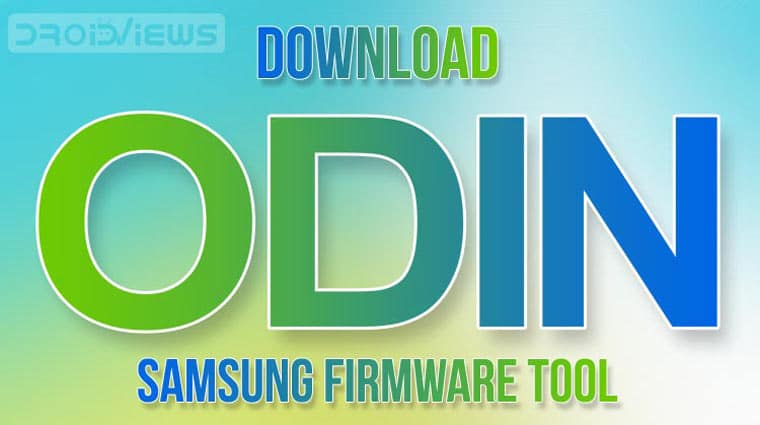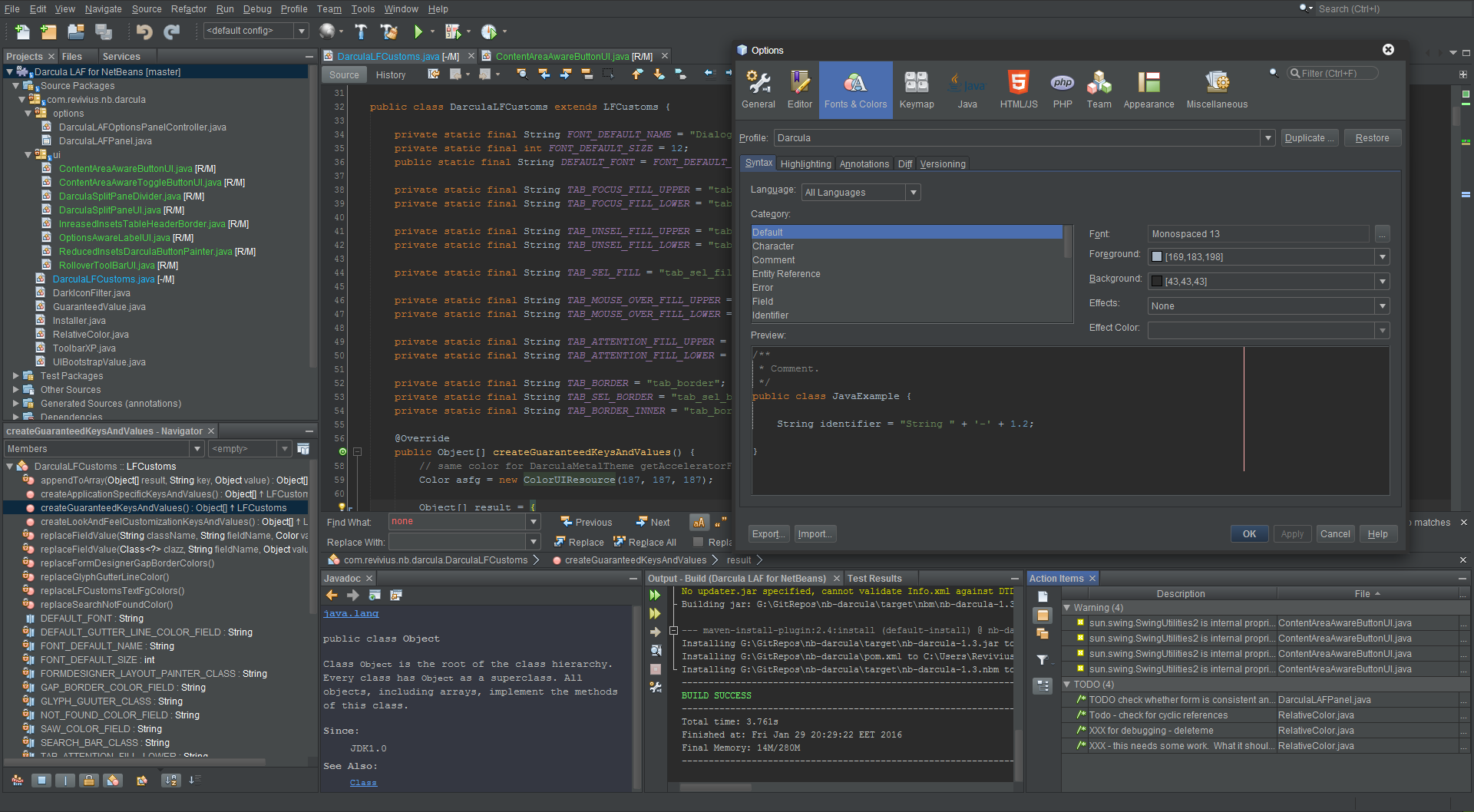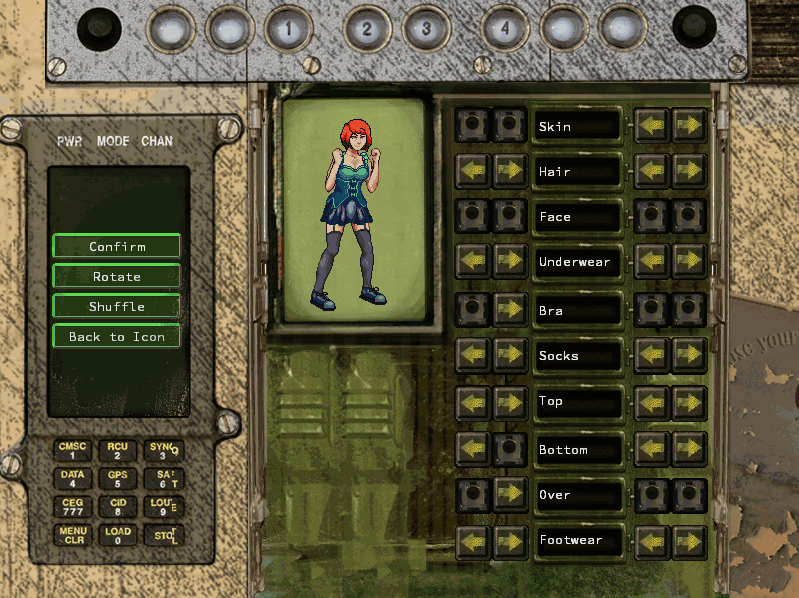This article shows you how to install Java on Mac OSX, and also how to do Java/JDK version switching.
If you have not yet installed Apple's Java macOS 2012-006 update, then you are still using a version of Apple Java 6 that includes the plug-in and the Java Preferences application. There is an important difference about the installation of Oracle Java (both JRE and JDK) that you should be aware of. Install SDKMAN from List the Java versions available to make sure you know the version ID. Sdk list java Install one of those versions, for example, Java 15: sdk install java 15-open Make 15 the default version: sdk default java 15-open Or switch to 15 for the session: sdk use java 15-open. Jul 14, 2020 Java software for your computer, or the Java Runtime Environment, is also referred to as the Java Runtime, Runtime Environment, Runtime, JRE, Java Virtual Machine, Virtual Machine, Java VM, JVM, VM, Java plug-in, Java plugin, Java add-on or Java download.
Tested with
- Mac OS 10.15.3
- JDK 8, 9, 10, 11, 12, 13 (AdoptOpenJDK)

Note
On Mac OSX, Java should installed in this folder; it is Mac’s standard.
We will show you two ways to install Java JDK on Mac, via the popular Homebrew package manager and manually installation.
1. Homebrew
1.1 Install Homebrew and update it.
1.2 Add adoptopenjdk/openjdk.
1.3 Find all available JDK.
The output may vary.
1.4 Java 8, 9, 10, 11, 12, 13, choose one to install.
This example will install Java 8 and 11 for testing.
1.5 Where Java is installed? /usr/libexec/java_home -V
Homebrew will install the JDK at folder /Library/Java/JavaVirtualMachines/, and this folder is Mac’s standard folder for Java installs.
1.6 Test it, by default, Mac takes the highest version.
1.7 How to do version switching? Refer to below 3. version switching
2. Manual installation
The example shows you how to download the early access JDK 14 and install it on Mac OSX.
Steps
- Download JDK.
- Puts the JDK folder at
/Library/Java/JavaVirtualMachines. - Export
JAVA_HOME.
2.1 Download the early access JDK 14 from the OpenJDK website.
2.2 Extracts tar file to /Library/Java/JavaVirtualMachines
2.3 Export JAVA_HOME.
Find out where is JDK 14.
Create or edit the existing ~/.bash_profile with a text editor.
Export JAVA_HOME, save and exit.
Reflect the changes
2.4 Test it.
3. Version Switching
In this tutorial, we installed the Java 8 and Java 11 via Homebrew (Step 1), and Java 14 manually (Step 2), so this Mac has three versions now. And the Mac is using the JDK 14.
Note
There are tools like jEnv to manage the Java version switching, but I prefer to manage with export JAVA_HOME manually, it’s simple and easy to understand, no black box magic.
3.1 Create or edit the existing ~/.bash_profile with a text editor like vim or nano, export JAVA_HOME to the specified JDK we want to use on Mac.

The above changes will make JAVA_HOME point to JAVA 8.
3.2 Reflect the changes.

Done.
If we want to switch JDK version again, update the ~/.bash_profile and export JAVA_HOME to other JDK version.
References
Related Articles
mkyong
Founder of Mkyong.com, love Java and open source stuff. Follow him on Twitter. If you like my tutorials, consider make a donation to these charities.This article shows you how to install Java on Mac OSX, and also how to do Java/JDK version switching.
Tested with
- Mac OS 10.15.3
- JDK 8, 9, 10, 11, 12, 13 (AdoptOpenJDK)
Note
On Mac OSX, Java should installed in this folder; it is Mac’s standard.
We will show you two ways to install Java JDK on Mac, via the popular Homebrew package manager and manually installation.
1. Homebrew
1.1 Install Homebrew and update it.
1.2 Add adoptopenjdk/openjdk.
1.3 Find all available JDK.
The output may vary.
1.4 Java 8, 9, 10, 11, 12, 13, choose one to install.
This example will install Java 8 and 11 for testing.
1.5 Where Java is installed? /usr/libexec/java_home -V
Homebrew will install the JDK at folder /Library/Java/JavaVirtualMachines/, and this folder is Mac’s standard folder for Java installs.
1.6 Test it, by default, Mac takes the highest version.
1.7 How to do version switching? Refer to below 3. version switching
2. Manual installation
The example shows you how to download the early access JDK 14 and install it on Mac OSX.
Steps
Install Java Update For Mac Mojave
- Download JDK.
- Puts the JDK folder at
/Library/Java/JavaVirtualMachines. - Export
JAVA_HOME.
2.1 Download the early access JDK 14 from the OpenJDK website.
2.2 Extracts tar file to /Library/Java/JavaVirtualMachines
2.3 Export JAVA_HOME.
Find out where is JDK 14.
Create or edit the existing ~/.bash_profile with a text editor.
Java Update For Mac 1.6
Export JAVA_HOME, save and exit.

Reflect the changes
2.4 Test it.
3. Version Switching
In this tutorial, we installed the Java 8 and Java 11 via Homebrew (Step 1), and Java 14 manually (Step 2), so this Mac has three versions now. And the Mac is using the JDK 14.
Note
There are tools like jEnv to manage the Java version switching, but I prefer to manage with export JAVA_HOME manually, it’s simple and easy to understand, no black box magic.
3.1 Create or edit the existing ~/.bash_profile with a text editor like vim or nano, export JAVA_HOME to the specified JDK we want to use on Mac.
The above changes will make JAVA_HOME point to JAVA 8.
3.2 Reflect the changes.
Install Java Update For Mac Os
Done.
If we want to switch JDK version again, update the ~/.bash_profile and export JAVA_HOME to other JDK version.
References

Java Update For Mac Os 10.7
Related Articles
mkyong
Founder of Mkyong.com, love Java and open source stuff. Follow him on Twitter. If you like my tutorials, consider make a donation to these charities.
Comments are closed.